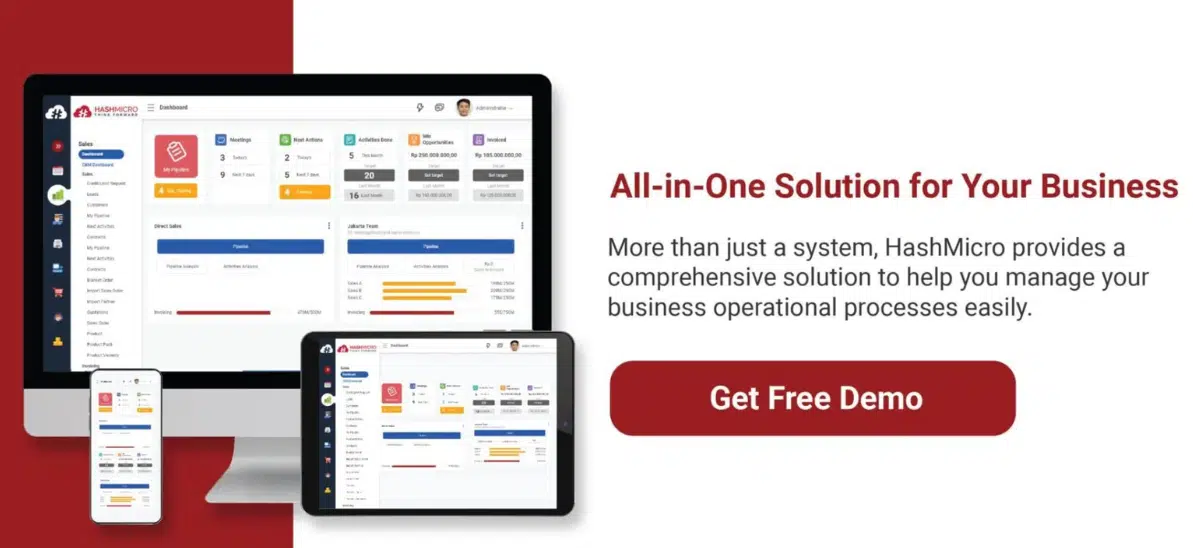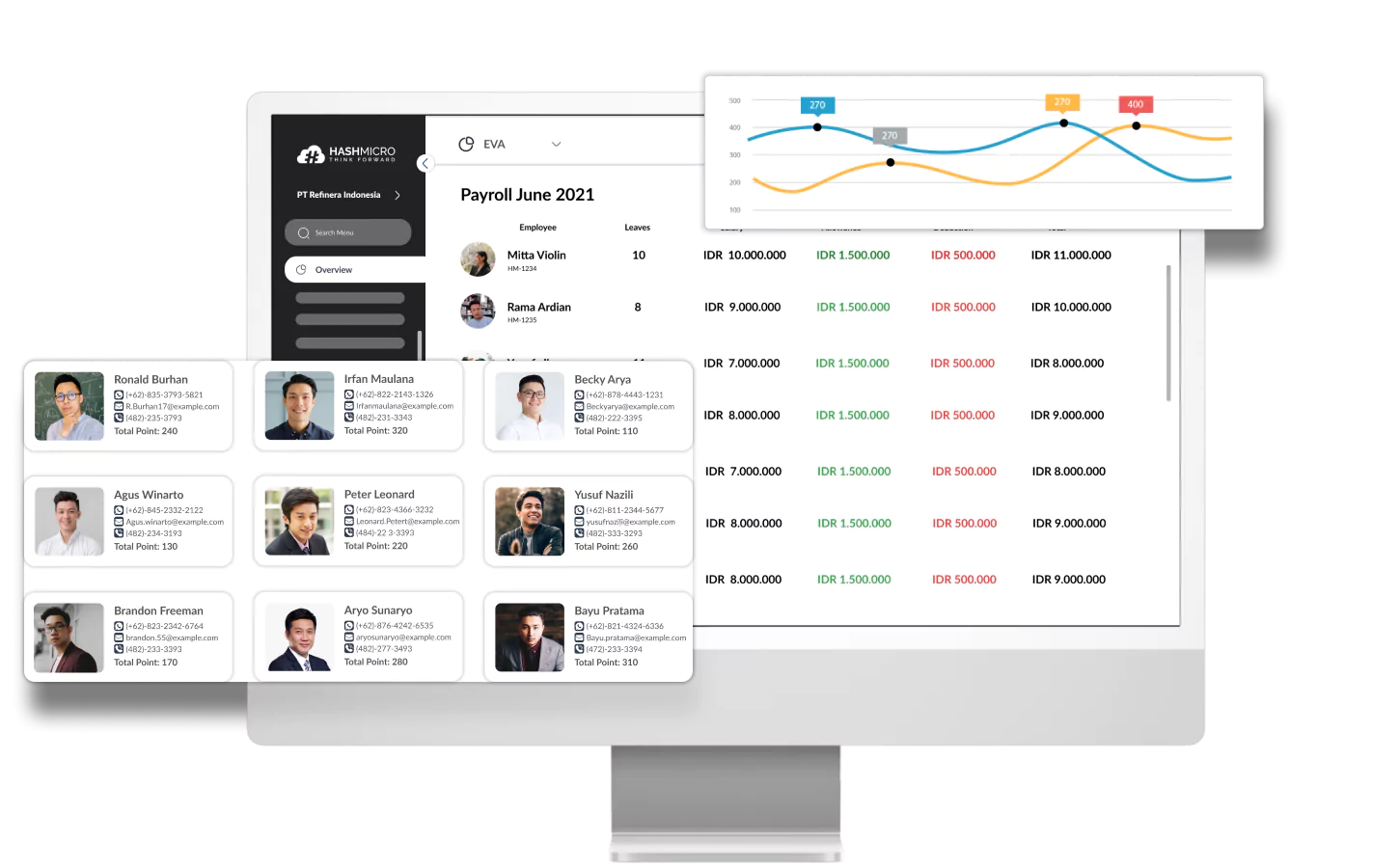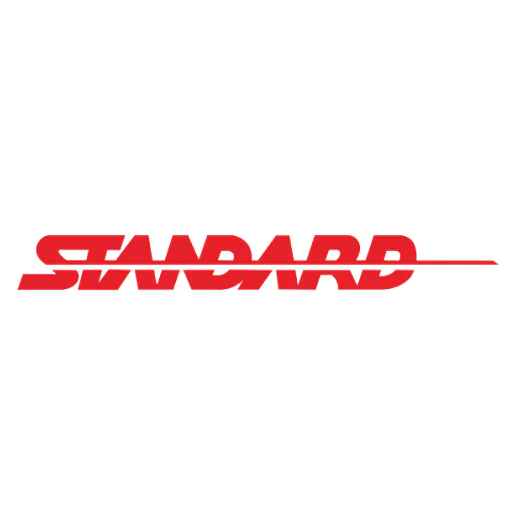A cut-off date is a predetermined deadline that marks the final point for processing transactions, submissions, or changes within a system. It is crucial in financial reporting, payroll management, and operational efficiency.
The global HR technology market is projected to grow from $23.98 billion in 2022 to $39.90 billion by 2029, driven by automation needs, including simplifying cut-off dates for accurate and timely payroll processing.
HashMicro HR Software provides an automated payroll and finance solution that strictly follows cut-off dates. With real-time tracking, customizable deadlines, and seamless integration, businesses can eliminate manual errors and improve compliance.
This article will explore the definition of a cut-off date, its importance, benefits, and best practices for implementation while addressing common challenges and how to overcome them.
Table of Content:
Table of Content

Key Takeaways
|
What is a Cut-Off Date
A cut-off date is the final deadline for processing transactions, data entries, or approvals within a specific period. It ensures accuracy and compliance by preventing changes after the designated time frame.
Cut-off dates are commonly used in various business operations, including payroll processing, financial reporting, and supply chain management.
In payroll systems, for instance, the cut-off date determines when employee work hours, bonuses, or deductions must be recorded to be included in the next pay cycle.
Similarly, companies set cut-off dates in accounting to finalize financial statements without the risk of last-minute modifications affecting accuracy. Without a proper cut-off date, organizations may face compliance issues, inaccurate data, and operational inefficiencies.
Businesses can streamline workflows, minimize errors, and improve efficiency by implementing a clear, structured cut-off date policy. Automated solutions like HashMicro HR Software help organizations enforce cut-off dates effectively, ensuring timely payroll processing and accurate financial management.
The Benefits of Cut-Off Date
Implementing a clear cut-off date policy provides several advantages for businesses, ensuring efficiency, accuracy, and compliance across various processes. Below are some key benefits of having a well-defined cut-off date:
1. Improved accuracy and compliance
A strict cut-off date helps organizations maintain precise financial records by preventing unauthorized modifications. This is especially crucial in payroll processing, where late changes can lead to incorrect salaries and tax discrepancies.
2. Efficient workflow and time management
Setting a cut-off date optimizes workflow by establishing a structured task completion timeline. Employees and managers can plan, ensuring all necessary approvals, data entries, and financial transactions are completed on time.
3. Better financial planning and decision-making
With consistent cut-off dates, businesses can generate timely and accurate financial reports, enabling better cash flow management and budgeting. This ensures decision-makers can access the most recent and reliable data, leading to informed strategic planning.
To fully maximize these benefits, businesses can leverage automated solutions like HashMicro HR Software, which ensures seamless cut-off date enforcement for payroll, finance, and other essential processes.
Importance of Cut-Off Date in Business Operations
A cut-off date ensures accuracy, efficiency, and compliance in business operations. It serves as a predefined deadline for processing transactions, approvals, and data entries, preventing last-minute changes that could disrupt workflows.
By setting precise cut-off dates, businesses can maintain organized processes and reduce the risk of errors.
One of the primary reasons cut-off dates are essential is their impact on financial reporting and payroll management. Late or incorrect payroll processing can lead to employee dissatisfaction and compliance issues, while untimely financial reports can result in misinformed business decisions.
With a strict cut-off date, companies can ensure that all transactions are correctly recorded, supporting accurate tax filings and regulatory compliance.
You can also read other articles about the best HR software to find the best solution for your business needs.
Cut-Off Date vs. Deadline: Key Differences
A cut-off date is the final point for processing transactions or data entries within a set period. It ensures accuracy and prevents changes. It is often used in payroll and financial reporting to finalize records.
A deadline, however, is the ultimate time limit for completing a task or submission. Unlike a cut-off date, which applies to ongoing processes, a deadline marks the end of a specific requirement, such as a project submission or tax filing.
Understanding these differences helps businesses streamline workflows and maintain compliance. Implementing an HR system can automate cut-off date enforcement, ensuring efficient payroll and financial management.
How to Implement a Cut-Off Date
Implementing a cut-off date requires careful planning to ensure smooth operations and compliance. Businesses can choose different methods based on their needs, industry, and workflow structure. Here are the common approaches:
1. Operating cycles
A cut-off time is set based on an organization’s operating cycle, such as weekly, biweekly, or monthly. This method ensures all transactions or payroll processes align with the company’s regular financial or reporting periods.
2. Monthly cutoff date
Payroll, invoices, and financial statements are processed on a fixed date, such as the end of each month. This approach simplifies budgeting and financial tracking since all data is finalized consistently.
3. Rolling cutoff date
Instead of a fixed calendar date, a rolling cutoff is based on a specific number of days before a deadline. For example, payroll processing may close five days before payday, ensuring enough time for calculations and approvals.
4. Monthly and rolling combination
Some businesses use a mix of monthly and rolling cutoffs to balance predictability and flexibility. For instance, financial statements might follow a monthly cut-off, while payroll adjustments follow a rolling schedule for real-time accuracy.
By implementing a structured cut-off period system, businesses can improve efficiency, reduce errors, and maintain compliance across different operational processes.
Cut-Off Date Example
Companies implement cut-off dates to streamline operations and maintain accuracy. For payroll, a business may set the 25th of each month as the cut-off date. Overtime or leave recorded after this date moves to the next cycle, ensuring timely salary processing.
For financial reporting, a cut-off on the last day of the month ensures transactions are recorded in the correct period, preventing reporting errors. Similarly, supplier invoices may have a cut-off on the 20th of the month to ensure timely payments.
By enforcing precise cut-off dates, businesses can reduce errors, improve efficiency, and maintain department compliance.
Tips to Avoid Cut-Off Errors
To ensure smooth business operations, avoiding cut-off errors is crucial, especially in payroll, financial reporting, and supplier payments. Here are some effective strategies:
1. Set clear policies
Clearly define and communicate cut-off dates for payroll, invoicing, and financial reporting. Employees, vendors, and finance teams should know these dates and their importance. Providing written guidelines helps prevent misunderstandings and ensures compliance.
2. Automate processes
Implementing HR or accounting software can help track cut-off dates automatically. These systems send alerts, process transactions on time, and prevent late entries, reducing the risk of human error in financial operations.
3. Send reminders
Regular notifications and reminders ensure that employees and vendors submit necessary documents before the cut-off date. Sending automated emails or system alerts a few days in advance can help avoid last-minute rushes and missed deadlines.
4. Allow buffer time
Instead of setting cut-off dates right on the deadline, businesses should allow extra time for reviews and adjustments. For example, setting a payroll cut-off five days before payday ensures errors can be corrected without delaying salary payments.
5. Regularly review compliance
Conduct periodic audits to ensure adherence to cut-off dates. If errors or delays are frequent, reviewing and refining the cut-off process can improve efficiency and prevent future mistakes.
By implementing these strategies, businesses can enhance accuracy, reduce delays, and ensure smooth financial and operational processes.
Simplify Cut-Off Date Management with HashMicro HR Software
Managing cut-off dates manually can lead to errors, delays, and inefficiencies in payroll and financial processes. HashMicro HR Software automates and streamlines cut-off date management, ensuring accurate payroll calculations, seamless financial reporting, and timely compliance.
With automated reminders, real-time data tracking, and integration with financial systems, businesses can eliminate human errors and improve operational efficiency.
- Built-in Professional Templates: Provides ready-to-use templates for contracts and payslips, ensuring professional and consistent document creation.
- Payroll Automation: Automates salary calculations, taxes, and deductions to reduce manual errors and improve efficiency.
- Tax and Insurance Management: Automatically calculates tax and insurance contributions, ensuring compliance with applicable regulations.
- Daily Worker & Hourly Worker Payslip Management: Manages payslips for daily and hourly workers, calculating wages based on reported working hours.
- Compliance with Local Regulations: Ensures payroll processes adhere to local labor and tax regulations.
- Employee Self-Service Application: Provides a portal for employees to access payslips, request leave, and update personal information.
- Multi-Approval System: Enables multi-level approval, allowing multiple parties to review and approve payroll before processing.
Conclusions
Understanding the cut-off date in payroll processing is crucial for ensuring timely salary disbursements, accurate tax calculations, and compliance with labor regulations. A well-defined cut-off date helps businesses streamline payroll operations, minimize errors, and maintain financial stability.
With payroll management’s increasing complexity, companies need an efficient solution to automate calculations, manage tax obligations, and ensure regulatory compliance.
HashMicro HR Software offers a comprehensive payroll system that simplifies payroll processing, automates tax and insurance deductions, and provides a seamless experience for both employers and employees.
Take control of your payroll management with HashMicro HR Software. Get a free demo today and experience how automation can enhance accuracy, efficiency, and compliance in your payroll operations!
FAQ About Cut Off Date
-
How do cut off dates work?
The cut-off date marks the end of a payroll period. For instance, an employee receiving weekly payments may have a cut-off on Sunday, with payroll processing scheduled for the following Tuesday.
-
How to calculate cut-off date?
This date typically signifies the close of a reporting period, such as a month, quarter, or fiscal year, determining when transactions shift to the next period. For example, if a company’s fiscal year concludes on December 31st, that date serves as the cut-off for that year’s financial records.
-
What is a cut off statement?
The bank cut-off statement is used to confirm reconciling items in the client’s bank reconciliation statement with supporting evidence that the client does not have direct access to.


































